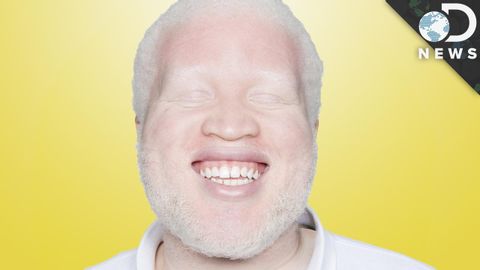為什麼有些人是白化病? (Why Are Some People Albino?)
Jeng-Lan Lee 發佈於 2021 年 01 月 14 日  沒有此條件下的單字
沒有此條件下的單字- n. (c./u.)當地居民;本地人;土著的,本地的
- adj.與生俱來的
- n. (c./u.)人;人們;人們;家人;員工
- v.t.居住
- n. pl.人們
US /kənˈdɪʃən/
・
UK /kənˈdɪʃn/
- v.t.調整;訓練
- n. (c./u.)疾病;健康狀況;狀態;情況;條件;體能
US /səˈvɪr/
・
UK /sɪ'vɪə(r)/

